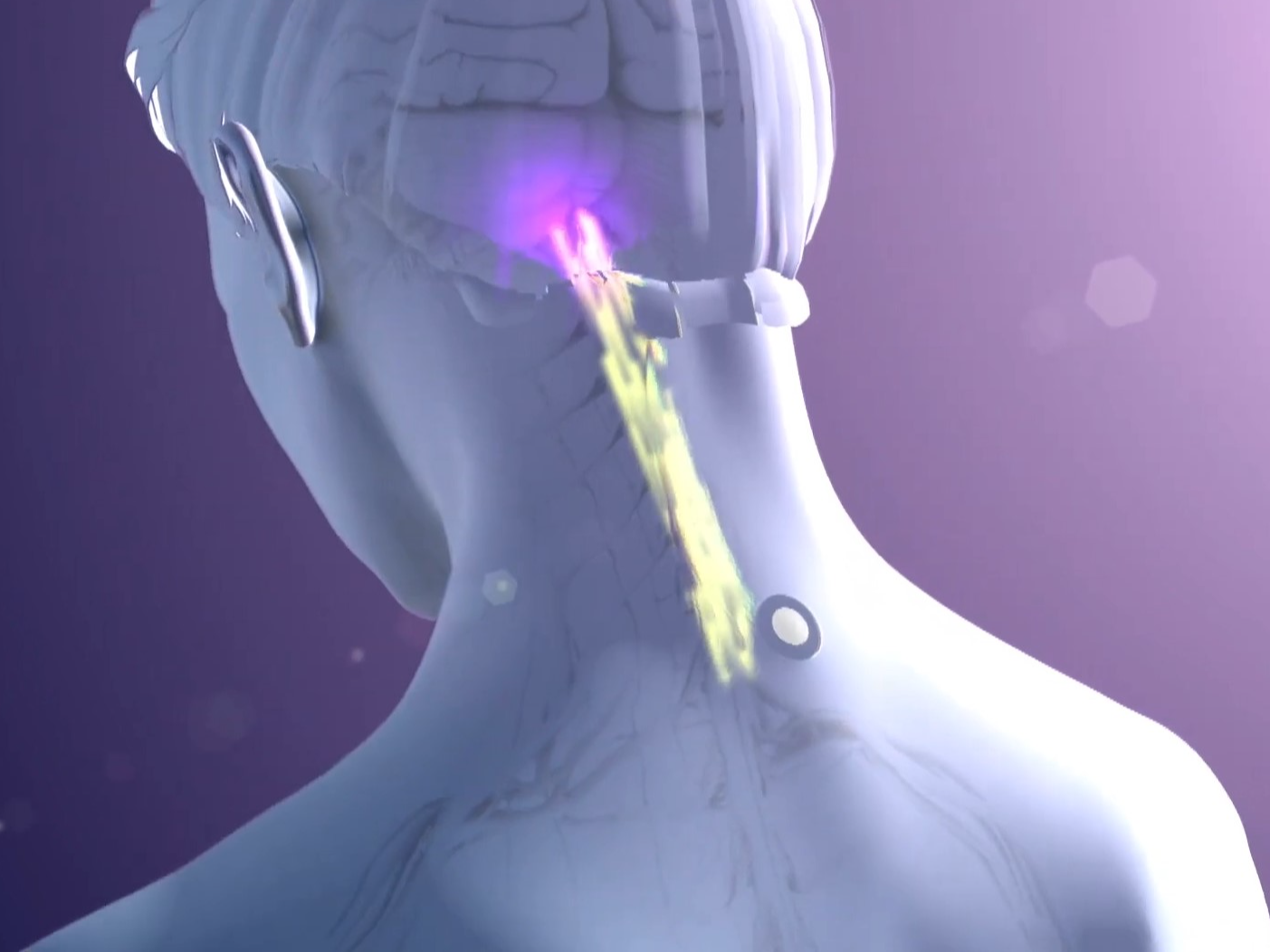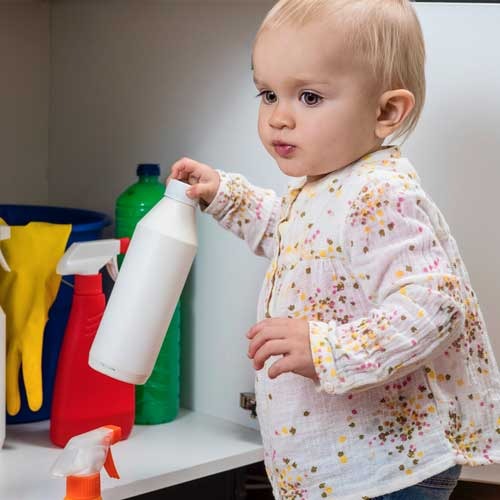Expert Collaboration
Exploring the Role of Acupuncture: Detoxification and Health Benefits
33
Did you know that acupuncture, an ancient practice, is now a key player in detoxification programs? With a 67% global increase in holistic therapy usage, understanding acupuncture's role could be your gateway to improved health and wellness. Dive in to discover its transformative potential!The Role of Acupuncture in Detoxification The landscape of detoxification is evolving, and acupuncture is emerging as a leader in this transformation. As the understanding of holistic health deepens, practitioners like Ahnjel Ali from Full Body Cleanse, and author of Mostly Vegan emphasize the integration of acupuncture into detox programs. The future of acupuncture is bright, with promising advancements aimed at enhancing its efficacy in detoxification processes. This practice not only addresses the symptoms but also works at a systemic level to promote overall well-being. For more on how healthcare facilities are transforming to accommodate such holistic practices, explore strategies for healthcare facilities by 2030 .Acupuncture's Role in WellnessAcupuncture, rooted in traditional Chinese medicine, is fundamentally about restoring balance within the body’s network of energy known as "chi." This balance is crucial for optimal health and detoxification, as it aids in the effective functioning of organs involved in detoxification, such as the liver and kidneys. By understanding its role, we can better appreciate why acupuncture will continue to be pivotal in detox practices as more people seek out holistic approaches to health care.How Acupuncture Supports Detoxification Activating the Lymphatic and Immune Systems
Acupuncture plays a significant role in activating the lymphatic system—one of the body's primary detoxification systems. According to Ahnjel Ali, “Acupuncture can reset the body by enhancing lymphatic drainage and boosting immune responses.” This rejuvenation is essential not just for detoxifying but for maintaining overall health.Addressing Liver and Intestinal HealthMoreover, acupuncture also targets key areas of the body that have direct impacts on detoxification. The liver is a powerhouse organism in filtering toxins, and its health is of utmost importance. Through specific acupuncture points, practitioners can stimulate the liver and intestines, optimizing their functions and thus supporting the detox process.Optimal Detoxification Methods
The Importance of a Holistic ApproachAddressing detoxification holistically means considering the entire body and its systems, rather than isolating treatment methods. Acupuncture serves as a foundation for this approach, working synergistically with nutritional strategies to offer a more profound detox experience.Hydration and Diet in DetoxificationProper hydration and a nutrient-rich diet accentuate the benefits of acupuncture in detoxification. Foods rich in fiber and antioxidants support the body in flushing out toxins effectively, which is further enhanced by acupuncture treatments that stimulate digestive and renal functions.Acupuncture's Body Resetting CapabilitiesThe Need for Consistent TreatmentsFor maximum effectiveness, regular acupuncture sessions are recommended. Ahnjel Ali notes, “Acupuncture can reset the body, but it requires repeated treatments for optimal results.” This consistent engagement helps maintain balance and support detoxification efforts over time.Combining Acupuncture with Healthy HabitsIncorporating healthy lifestyle choices alongside acupuncture ensures a comprehensive approach to health. Simple habits, like sufficient sleep and physical activities, play a crucial role in enhancing the detoxification process contributed by acupuncture.Fluid Drainage and Swelling Reduction
Acupuncture is also effective for fluid drainage and reducing swelling, critical components of detoxification. Targeting specific meridians helps facilitate this process, making it an essential tool for practitioners aiming to alleviate bloating and fluid retention in patients.Targeting Specific MeridiansDifferent acupuncture points correspond to various organs and systems. By accurately targeting these meridians, practitioners can enhance the effectiveness of detox processes, further supporting the body's natural defenses.Integrating Western and Eastern MedicineA holistic approach to detoxification includes blending Western and Eastern medical concepts. Ali highlights that integrating acupuncture into conventional treatment plans is promising, offering a more comprehensive understanding of wellness. For more on managing risks in healthcare settings, which can include integrating new practices like acupuncture, see managing risks in healthcare construction .How Acupuncture WorksChinese vs. Western Perspectives
From the Chinese perspective, acupuncture stimulates energy pathways to rebalance chi and improve blood flow. Conversely, Western medicine focuses on its physiological effects—enhancing blood circulation, modulating endorphin and cortisol levels, which are critical in managing stress and inflammation.The Role of Endorphins and CortisolThe interplay between acupuncture and the release of endorphins not only supports pain relief but also elevates mood, enhancing the body’s capacity to detoxify and heal.Long-Term Side Effects of AcupunctureSafety and Malpractice ConsiderationsAcupuncture is generally considered safe, with minimal risks involved. Ahnjel Ali mentions that while extremely rare incidents like lung puncture may occur from improper technique, such cases underscore the importance of proper training and malpractice insurance among practitioners.Expert Insights & Best Practices"Acupuncture can reset the body, but it requires repeated treatments for optimal results." - Ahnjel Ali, Full Body CleanseExpert recommendations often include a commitment to consistent treatments combined with an openness to holistic lifestyle changes. Establishing a routine can dramatically enhance the benefits of acupuncture.Common Misconceptions about AcupunctureDebunking Myths Surrounding AcupunctureOne prevalent myth surrounding acupuncture is that it is purely symptom-relieving rather than being a holistic treatment approach. In fact, acupuncture promotes long-term health by addressing root causes of ailments.Clarifying Facts about DetoxificationDetoxification is often misunderstood. It's not just about quick fixes, but rather an integrated and sustained effort to maintain overall health, with acupuncture being a crucial component of this process.Actionable Tips for ReadersIncorporating Acupuncture into Your Wellness Routine
For those interested in incorporating acupuncture into their wellness routine, starting with a consultation can provide invaluable insights tailored to individual health needs. Regular sessions combined with other healthy practices, such as vegan or similar practices will yield the best results.Choosing the Right PractitionerSelecting a qualified acupuncture practitioner is essential. Look for individuals with the necessary training and positive testimonials to ensure a safe and effective experience.What You'll LearnThe future of acupuncture in detoxification.How acupuncture supports detoxification.Optimal methods for detoxification.Expert insights on acupuncture practices.People Also AskWhat is the future outlook for acupuncturists?The future looks bright as more individuals embrace holistic health approaches, leading to increased demand for acupuncture services.What will happen after acupuncture?Patients often experience relaxation, reduced pain, and improved mental clarity following acupuncture sessions.What is the new technology for acupuncture?Innovations in acupuncture include advanced needles that minimize pain and the use of electrical stimulation to enhance traditional techniques.Is acupuncture a growing field?Yes, the field of acupuncture is growing as interest in holistic and alternative medicine increases.Key TakeawaysAcupuncture is a valuable tool for detoxification.Consistent treatments enhance effectiveness.A holistic approach is essential for optimal results.ConclusionThe Transformative Potential of Acupuncture Acupuncture's role in detoxification illustrates its incredible transformative potential. By embracing this ancient practice within modern health paradigms, individuals can unlock new pathways to wellness and vitality.Call to ActionExplore the Future of Acupuncture for Your Health!Ready to embark on your detoxification journey? Embrace the future of acupuncture and see how it can revolutionize your health today!

 Add Row
Add Row
 Add
Add

 Add Row
Add Row
 Add Element
Add Element














 Add Row
Add Row
 Add
Add

